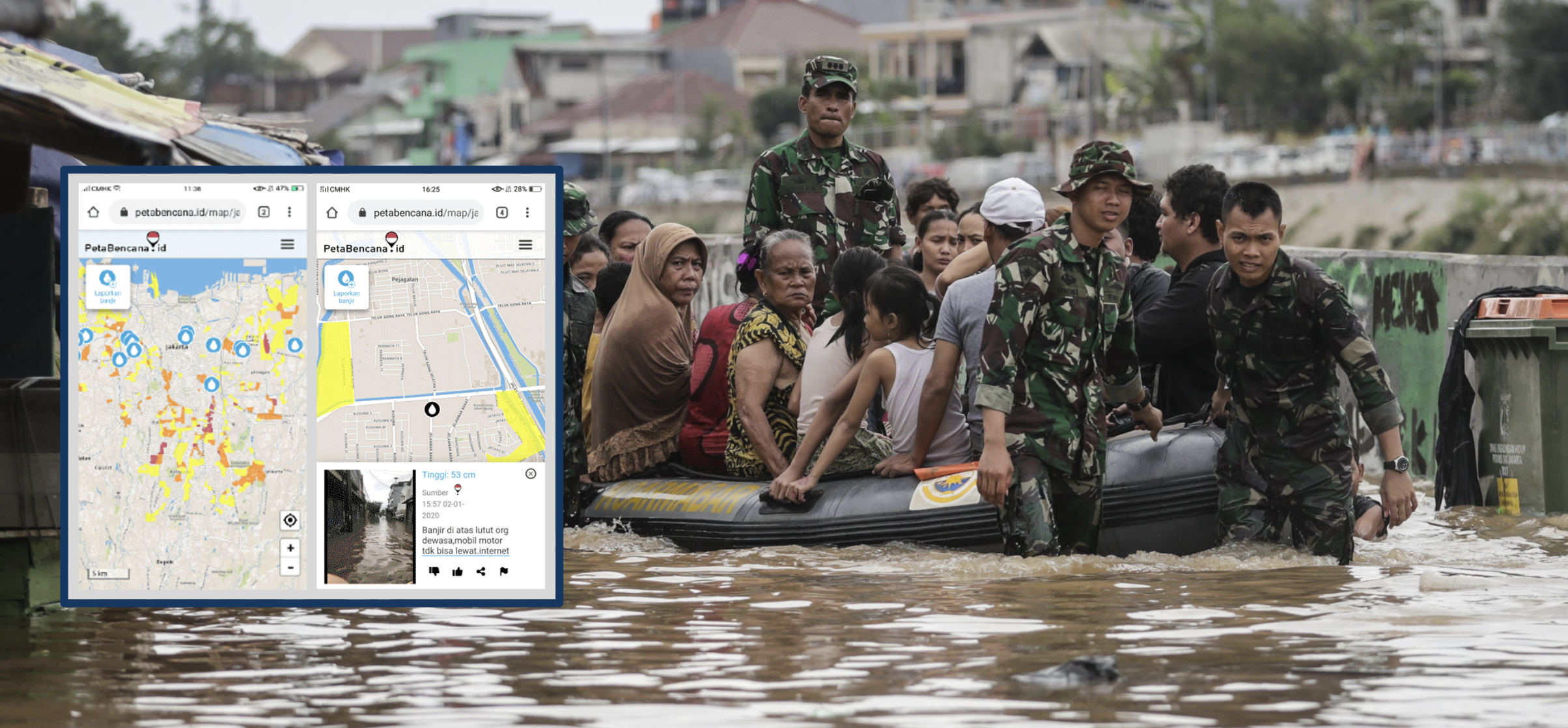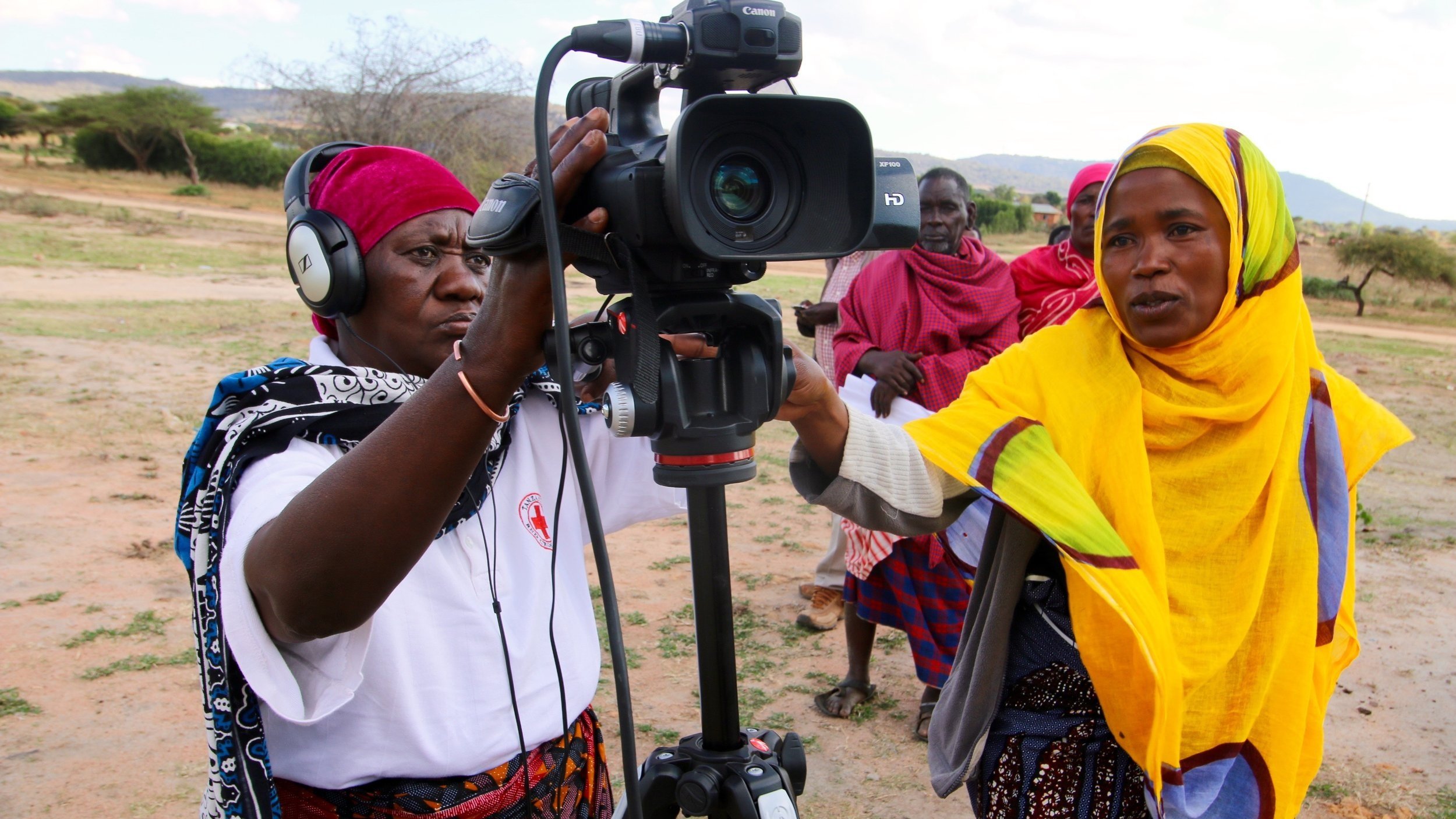
CDAC Network launches SAFE AI project to establish responsible AI framework for humanitarians
The SAFE AI project focuses on creating clear governance guidelines, building tools to verify AI trustworthiness, ensuring affected communities have a meaningful voice, and working directly with humanitarian organisations to build solutions that address their actual needs.

Shift the power in humanitarian data: support the Data Values Advocates Program
The Data Values Advocates Program equips people, especially young people and those from underrepresented communities, with the skills and resources to advocate for equitable, community-centred data systems. Learn how you can get involved!

Join CDAC Network at the 2024 Public Forum – Data, power and participation: towards the ethical adoption of tech
This year’s Public Forum will ask: what could accountable AI design and governance look like? Who controls the data shaping humanitarian action? Whose ethics should guide the take-up of tech in conflicts and crises? What information and tools do crisis-affected communities need to play a central role in decision-making?

Why community engagement is the smart strategy for AI in humanitarian response
Watch the World Summit AI 2024 panel where CDAC’s Executive Director, Helen McElhinney, made the case for deeper community participation in the development and use of artificial intelligence (AI) technologies in humanitarian settings.

New online course – Community crisis intelligence: elevating community voices with AI
CDAC Network is excited to announce the launch of a new online training course, designed to equip humanitarian professionals with the skills to harness the power of community intelligence and AI to deliver faster, better and more localised humanitarian responses.

The next level in community-led engagement and accountability: integrating a participatory mixed-methods approach
Photo story: how participatory video methods can be used to centre communities’ voices, perspectives and expertise at every stage of humanitarian programming and response.

Using video to enable meaningful participation of refugees in monitoring, evaluation and learning
Monitoring, evaluation and learning can be an extractive exercise, but participatory video – a set of techniques to involve a community in creating their own film to their stories – can make it an empowering experience, enabling people to communicate their needs and ideas to decision-makers and drive improvements to their situation.

It’s tempting to be sceptical about the Grand Bargain, but what can we learn?
The Cash Workstream is one of the success stories of the Grand Bargain. What can we learn from it to help deepen engagement of affected people and communities?

The Participation Revolution is happening – it just doesn’t involve aid
One of the goals of the 2016 Grand Bargain was a ‘Participation Revolution’ to make aid more effective through the inclusion of people and their communities in ‘our decisions’. Six years on, we ask: what is the state of the revolution?
